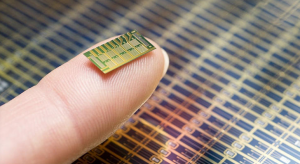

Development of the chip has been backed by Bill Gates since the idea originated two years ago. Researchers are still working on how to encrypt the chips, and pre-clinical testing should begin 2015. Designed to be implanted in the upper arm, buttocks, or abdomen, the the tiny device could easily sit at the tip of your finger. It measures 20 x 20 x 7 millimeters, and within its 1.5cm-wide reservoir delivers a daily dose of 30 micrograms (mgs) of the hormone levonorgestrel, a fairly common ingredient in several forms of birth control. The reservoirs are covered with a hermetic titanium and platinum seal.



 Laptop & Tablet Parts
Laptop & Tablet Parts




















